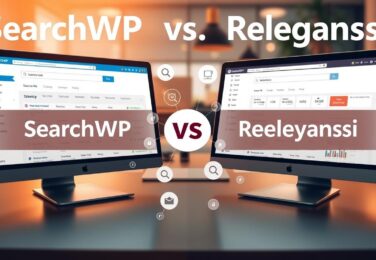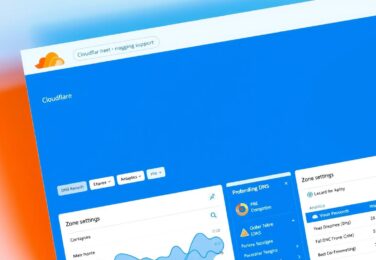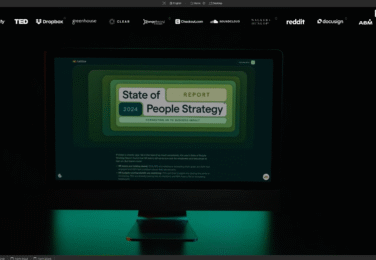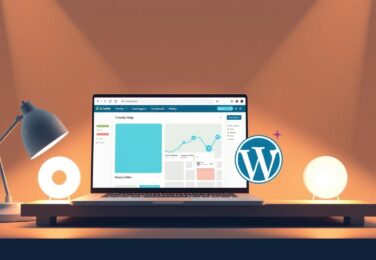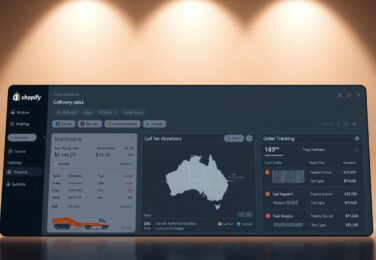The Ultimate Beginner’s Guide to Webflow Development

Table of Content
What is Webflow and Its Core Features
Webflow is an all-in-one web design and development platform that allows you to build professional, custom websites without writing code. Unlike traditional website builders that offer limited customisation, Webflow gives you complete design freedom while generating clean, production-ready HTML, CSS, and JavaScript behind the scenes.
Core Platform Features
- Visual web design interface with precise control
- Built-in content management system (CMS)
- Responsive design tools for all device sizes
- Hosting and publishing infrastructure
- Custom animations and interactions
- E-commerce capabilities
- SEO tools and optimisations
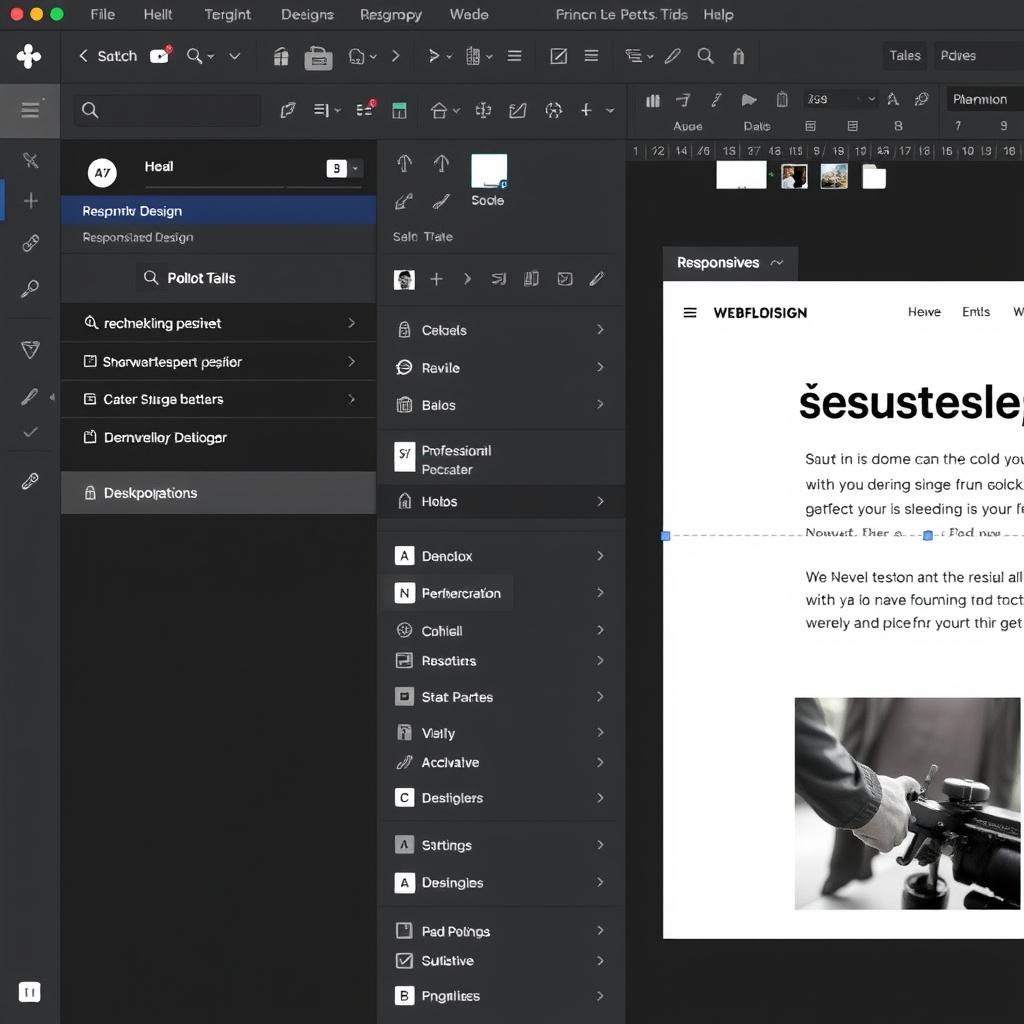
What sets Webflow apart is how it translates visual design decisions into clean, semantic code. As you drag, drop, and style elements, Webflow generates professional-grade code that follows best practices. This gives you the freedom of a visual builder with the power and flexibility of custom development.
Benefits of Using Webflow for Web Development
Design Freedom
Unlike template-based platforms, Webflow gives you pixel-perfect control over every aspect of your design. Create custom layouts, animations, and interactions without being constrained by pre-built components.
Development Efficiency
Build websites significantly faster by eliminating the traditional design-to-development handoff. Changes can be implemented instantly without waiting for developer availability.
Clean Code Output
Webflow generates semantic HTML, organised CSS, and optimised JavaScript that follows web standards. This results in faster, more maintainable websites.
Built-in Hosting
Webflow’s hosting infrastructure is built on Amazon Web Services (AWS) and Fastly’s CDN, providing enterprise-grade reliability, speed, and security without complex server management.
Client-Friendly CMS
Empower clients to update content without risking design integrity. The Webflow Editor provides a simplified interface for content changes without access to design elements.
No Plugin Maintenance
Unlike WordPress and other CMS platforms, Webflow doesn’t rely on third-party plugins that require constant updates and can create security vulnerabilities.

Ready to experience Webflow’s benefits firsthand?
Get our free Webflow starter template with pre-built components to jumpstart your learning journey.
Key Components of Webflow Development
The Webflow Designer
The Designer is Webflow’s visual development environment where you’ll spend most of your time building. It combines design tools similar to Figma or Sketch with the structural capabilities of coding environments.

Content Management System (CMS)
Webflow’s CMS allows you to create custom content structures (Collections) that can be dynamically displayed throughout your site. This separates content from design, making it easy to update and maintain large websites.
Key CMS features include:
- Custom content types with flexible fields
- Dynamic content filtering and sorting
- Reference fields to connect related content
- Multi-user editing capabilities
- API access for headless CMS usage

Interactions and Animations
Create sophisticated animations and interactive elements without JavaScript. Webflow’s Interactions panel provides a visual way to build complex animations triggered by user actions or page events.

Responsive Design Tools
Webflow’s responsive design system lets you create layouts that adapt to any screen size. Design for multiple breakpoints and see real-time previews of how your site will look on different devices.
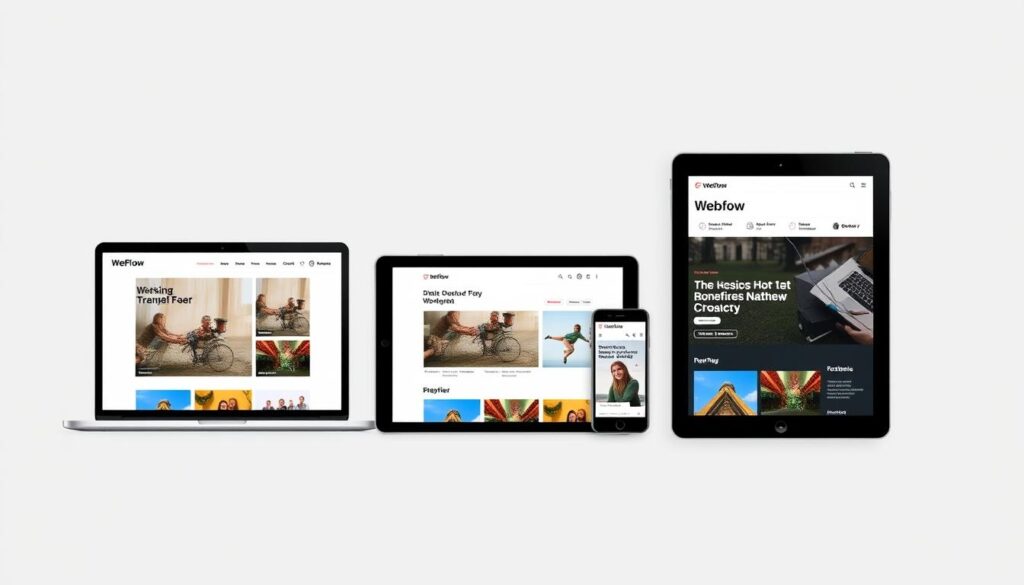
Best Practices for Clean Webflow Development
Class Naming Conventions
Follow a consistent naming system like BEM (Block Element Modifier) or Webflow’s recommended Client-First methodology. This keeps your styles organised and prevents conflicts.
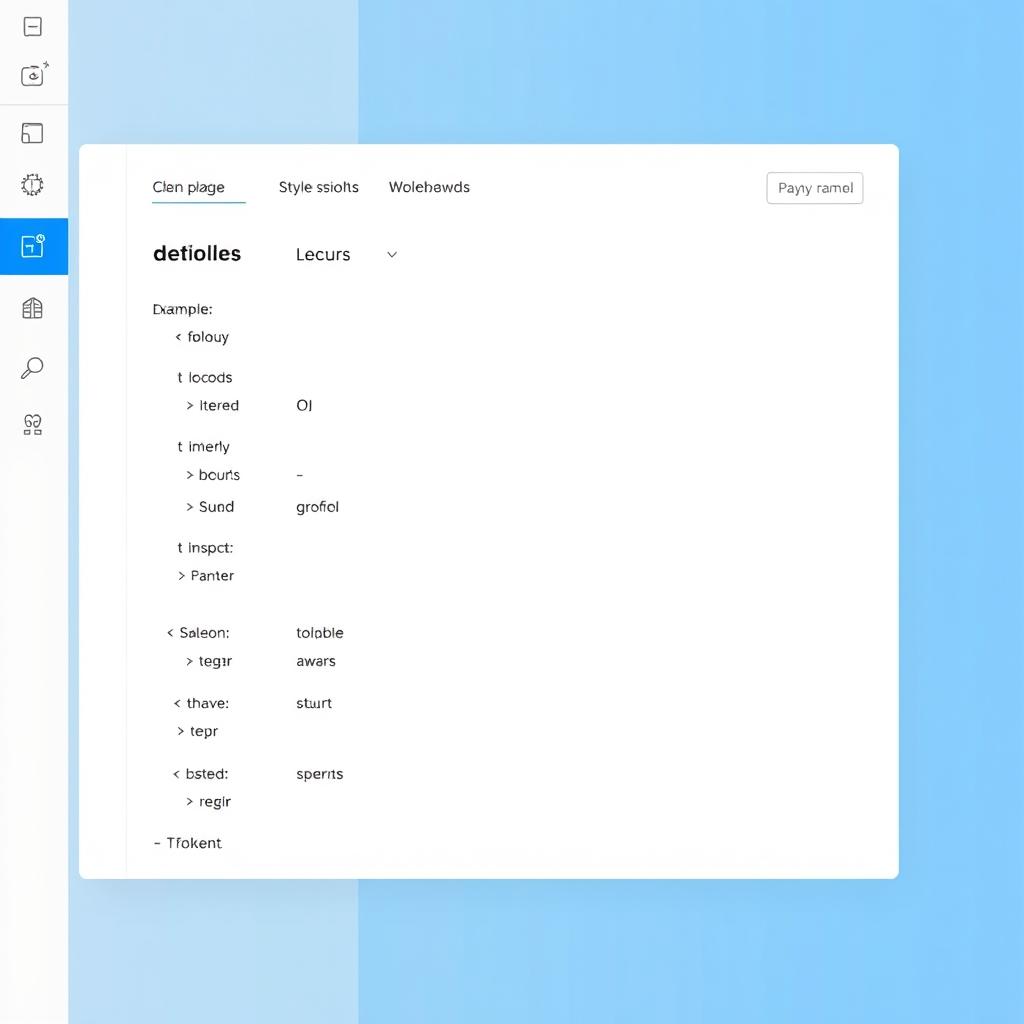
Component-Based Design
Build reusable components (Symbols in Webflow) rather than designing each page from scratch. This ensures consistency and makes updates much easier to manage.

Optimise for Performance
Compress images, limit animations on mobile, and use Webflow’s built-in performance tools to ensure fast loading times across all devices and connection speeds.

Stay updated with the latest Webflow development tips
Join our newsletter for weekly tutorials, best practices, and updates on new Webflow features.
Common Use Cases for Webflow Development
Portfolio Websites
Webflow excels at creating visually stunning portfolio sites with custom animations and interactions that showcase creative work effectively.

Business & Marketing Sites
Create professional business websites with integrated blogs, team pages, and contact forms. Webflow’s CMS makes content updates simple for marketing teams.

E-commerce Stores
Build custom online stores with Webflow E-commerce. Create unique product pages, custom checkout experiences, and integrate with popular payment gateways.

Real-World Examples
| Website | Industry | Notable Features | Link |
| Attentive | SaaS/Marketing | Complex animations, custom CMS integration | View Site |
| Upwork Enterprise | Freelance Platform | Multi-language support, custom resource center | View Site |
| Mural | Collaboration Software | Interactive demos, complex animations | View Site |
| Mapiq | Workplace Technology | Custom integrations, multi-page CMS structure | View Site |
Webflow vs. Traditional Coding vs. No-Code Approach
Webflow Advantages
- Visual interface with professional code output
- Faster development time than hand-coding
- More design flexibility than typical no-code tools
- Built-in hosting and infrastructure
- Integrated CMS and e-commerce capabilities
- Clean, semantic code generation
Webflow Limitations
- Learning curve steeper than basic no-code tools
- Some advanced functionality requires custom code
- Subscription costs for larger projects
- Performance can be affected by complex animations
- Limited database functionality compared to custom development
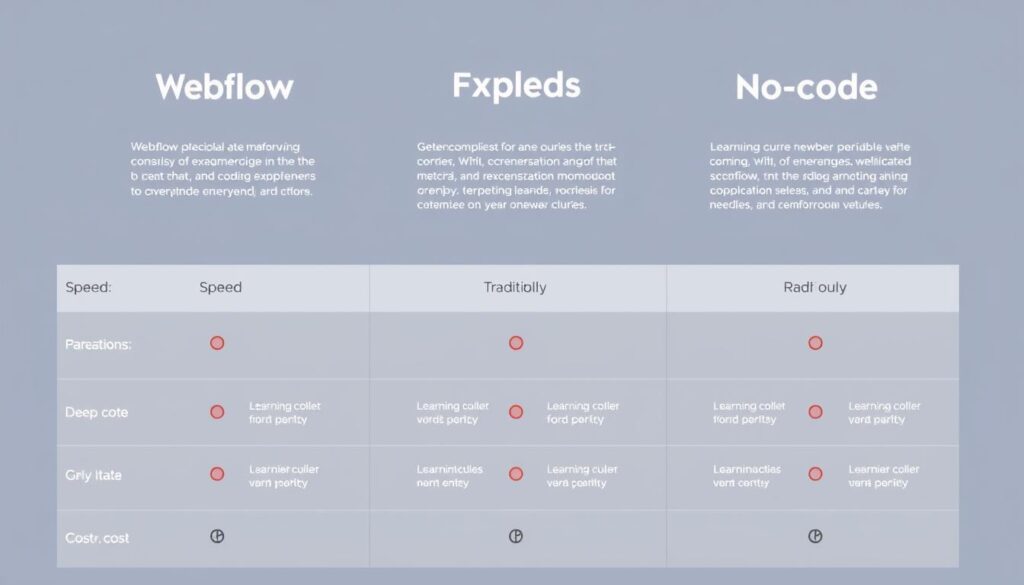
Webflow occupies a unique middle ground between traditional hand-coding and simpler no-code tools. It offers much of the flexibility and power of custom development while providing the speed and accessibility of visual builders. For many projects, this balance makes it an ideal solution that grows with your needs.
Optimising Webflow Sites for SEO
On-Page SEO in Webflow
Webflow provides built-in tools to optimise your site’s search engine performance:
- Custom page titles and meta descriptions
- Automatic sitemap generation
- 301 redirects management
- Canonical URL settings
- Alt text for images
- Schema markup support
- Clean URL structure

Technical SEO Best Practices
Performance Optimisation
Use Webflow’s asset optimisation, implement lazy loading for images, and minimise unnecessary animations to improve page speed scores.
Mobile Responsiveness
Ensure your site works flawlessly across all devices. Webflow’s responsive design tools make this straightforward but require attention to detail.
Content Structure
Use proper heading hierarchy (H1, H2, H3), structured data, and semantic HTML elements to help search engines understand your content.

How to Get Started with Webflow Development
-
Create a Webflow account
Sign up for a free Webflow account at webflow.com. This allows you to create projects and access the Webflow University learning resources.
-
Complete the Webflow 101 crash course
Webflow University offers excellent free tutorials. Start with the 101 crash course to learn the fundamentals of the platform.
-
Experiment with a starter template
Use one of Webflow’s free templates to explore how professional sites are structured. Clone a template and modify it to understand the building blocks.
-
Build a simple project
Create a small personal project like a portfolio or landing page. This hands-on practice is essential for mastering the platform.
-
Learn about the CMS
Once you’re comfortable with the basics, explore Webflow’s CMS capabilities by creating dynamic content collections.

Essential Learning Resources
Webflow University
The official learning platform with comprehensive video tutorials, courses, and documentation.
Finsweet Client-First
A free class naming methodology that helps create clean, maintainable Webflow projects.
Webflow Forum
Connect with the Webflow community to ask questions and share knowledge with other developers.
Technical Considerations for Webflow Projects
Hosting and Publishing
Webflow offers built-in hosting powered by Amazon Web Services and Fastly CDN. You can publish to Webflow’s servers or export your code to host elsewhere.
Hosting Options
- Webflow Hosting: Fastest setup with automatic SSL, CDN, and backups
- Code Export: Download static HTML/CSS to host anywhere
- Custom Domain: Connect your own domain name
- Subdomain: Use a free webflow.io subdomain for development

Integrations and Extensions
Extend Webflow’s functionality by connecting with third-party services and tools:
Marketing Tools
- Mailchimp for email marketing
- Google Analytics for site metrics
- Facebook Pixel for ad tracking
- Hubspot for CRM integration
Functionality Extensions
- Zapier for workflow automation
- MemberStack for membership sites
- Jetboost for dynamic filtering
- Wized for advanced interactions
Development Tools
- Finsweet Client-First
- Webflow DevLink
- Figma to Webflow plugins
- Custom code embedding
Common Pitfalls to Avoid in Webflow Development
Top Mistakes Beginners Make
- Inconsistent class naming: Creates confusion and bloated code
- Overusing absolute positioning: Breaks responsive layouts
- Neglecting mobile design: Results in poor user experience on smaller devices
- Creating overly complex animations: Can hurt performance and accessibility
- Not using Symbols for repeated elements: Makes site-wide updates difficult
- Ignoring CMS planning: Leads to inflexible content structures
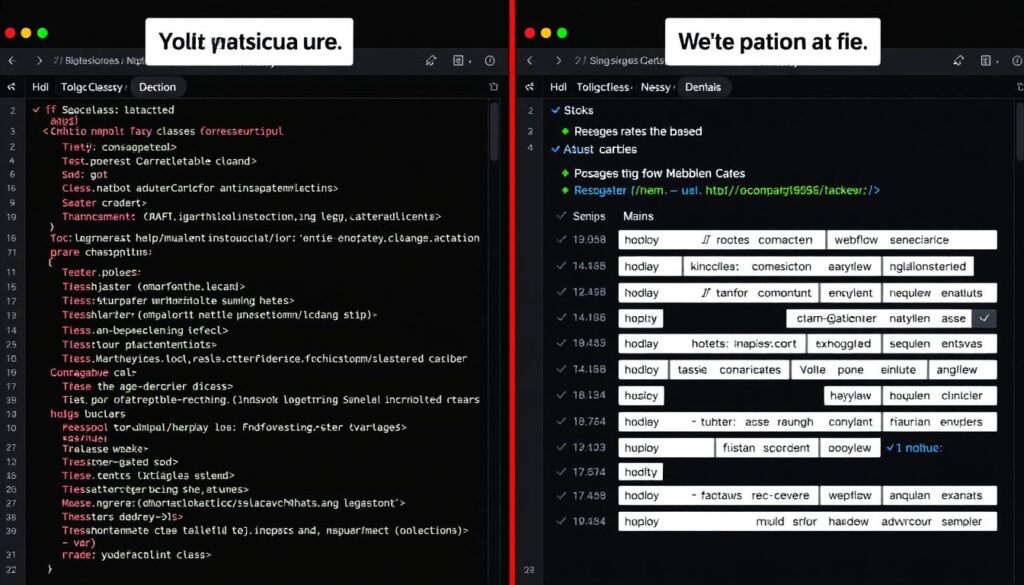
“The biggest mistake I see new Webflow developers make is not planning their site structure before diving in. Taking time to organise your classes, plan your CMS, and create reusable components will save you countless hours down the road.”
Conclusion: Your Webflow Development Journey
Webflow development represents a powerful middle ground between traditional coding and simpler no-code tools. It empowers designers to create professional, custom websites without the traditional development bottlenecks, while giving developers a visual canvas that speeds up their workflow.
As you begin your Webflow journey, remember that like any professional tool, there’s a learning curve. But the investment in learning Webflow pays dividends in the form of faster development, greater creative control, and the ability to bring your web projects to life without dependencies on development teams.
Start small, leverage the excellent learning resources available, and gradually build your skills. Before long, you’ll be creating sophisticated, responsive websites that stand out from template-based alternatives while maintaining the flexibility to grow with your needs.
Ready to take your Webflow skills to the next level?
Access our comprehensive resource library with templates, tutorials, and code snippets to accelerate your Webflow development journey.
Frequently Asked Questions About Webflow Development
Do I need to know how to code to use Webflow?
No, you don’t need coding knowledge to use Webflow effectively. The visual interface allows you to build websites without writing code. However, understanding basic web concepts like HTML structure and CSS properties will help you get the most out of the platform. For advanced customisations, some JavaScript knowledge can be beneficial.
How does Webflow pricing work?
Webflow offers two types of plans: Account plans (for designers/agencies) and Site plans (for individual websites). You can start with a free account to learn and build, then upgrade to a paid plan when ready to publish. Site plans start at /month for basic sites, with higher tiers for CMS and E-commerce functionality. Each website you publish requires its own site plan.
Can I migrate my existing website to Webflow?
Yes, existing websites can be migrated to Webflow. The process involves recreating your design in Webflow’s Designer and transferring your content to Webflow’s CMS. For WordPress sites, there are tools to help migrate content. Complex sites may require professional assistance, but the migration process preserves your SEO value when done correctly.
Is Webflow suitable for large, complex websites?
Webflow can handle large websites with hundreds of pages, especially when properly structured using the CMS. Many enterprise companies use Webflow for their marketing sites. For very complex web applications with advanced functionality, you might need to integrate custom code or use Webflow as part of a larger tech stack.
How does Webflow compare to WordPress?
Webflow offers greater design flexibility and eliminates the need for plugins and updates that WordPress requires. Webflow generates cleaner code and provides better performance out of the box. WordPress has a larger ecosystem of themes and plugins but often requires more maintenance. Webflow is typically better for custom designs, while WordPress might be preferable for blog-focused sites or when working with limited budgets.



